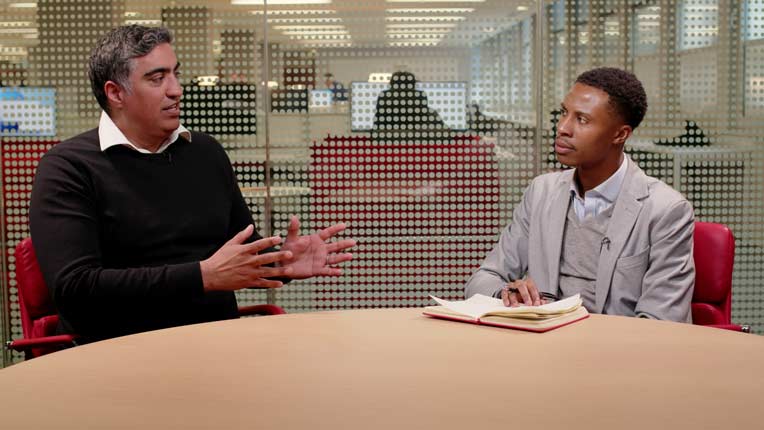Dan Kemp: As we look back over October, many investors naturally think about the return of risk, as share prices fell across the globe and portfolios are generally worth a little less than they were a month ago. This is a natural human response to an increase in the volatility of prices but like most natural responses, driven by our behavioural biases and can be harmful to investors.
A better understanding of these biases can help reduce the number of mistakes we make as investors and so help us reach our long-term goals. In the case of share price movements, there are a couple of key biases to be aware of in noisy markets.
First is availability bias. The recent and vivid experience is more available to us when we make decisions and hence tends to have a bigger impact on the decisions we make. For example our opinions about school are likely to have been shaped by a small number of vivid days rather than the majority of ordinary days.
This bias can lead us to assume that current trends will continue into the future, whereas, in most cases, the further valuations are stretched the more likely it is that prices will revert to normal levels. In this sense, risk never left investment markets, it just became less available to us as prices, especially in the US moved further from their fair value.
Loss aversion is another powerful bias. When prices fall, we are typically far more focused on the loss to our existing capital than the opportunities to buy assets more cheaply. We feel this despite the fact that most of us are buyers rather than sellers of assets.
Viewed in this way, we can see that risk is not primarily an expression of arcane statistics, but rather the product of poor decision making. The biases that cause these poor decisions may manifest themselves when buying an investment for more than it is worth or selling an asset cheaply, occasionally in quick succession. We should also remember that the likelihood and severity of these mistakes tend to be amplified when markets are volatile.
While some investors have the constitutional fortitude to go bargain hunting in these environments, they are perilous for most people and hence it is often better avoid the potential for mistakes and read a good book instead. If you are interested in learning more about how biases can affect decisions, Thinking Fast and Slow by Daniel Kahneman is an excellent starting point.



























